Connection and (Friendly) Competition: Walktober at Wellesley
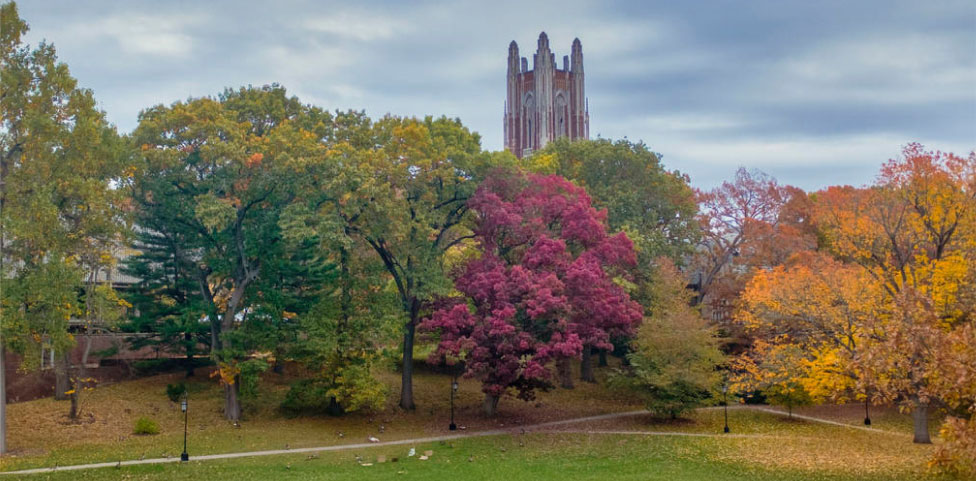
Background
Necessity drove creative and resourceful pivots across higher education in 2020. At Wellesley College, it sparked a unique way to foster well-being and campus connections across generations. With a new mix of on-campus and remote students, offering opportunities for social time and physical activity remained a high priority. Leaders from several departments joined forces and partnered with HES to relaunch Walktober, the online autumn-themed walking challenge. Expanding Walktober’s reach from previous years to students and alumnae in addition to faculty/staff has been a big win year after year, helping the tightly-knit yet far-flung Wellesley community keep moving, reconnect, and stay in touch.
Campus Cooperation
Monica Verity, Director of Recreation and Associate Professor of the Practice, first participated in Walktober in 2013; the program was initially offered for faculty and staff from 2012-2015. Verity’s mission is to engage students in recreation that combines movement with a social element to support academic success. But with a hybrid student body, “I didn’t know how I was going to meet the needs of 2400 students by myself,” she recalls.
Remembering her positive experience with Walktober, Verity reached out to Friends of Athletics, part of the Friends of Wellesley philanthropy organization. Board members were thrilled to financially support this physical activity challenge.
Next, Verity contacted the Alumnae Association. “Since this is a global platform, we have the ability to connect our alums in this way as well,” she adds. Janet McKeeney, Senior Director and Kathryn Mackintosh, Executive Director were eager to get alumnae involved. Verity teamed up with McKeeney and her colleague Emily Rankin Welch, Assistant Director of Alumnae Programs to launch Walktober in 2020 for 2591 students, faculty/staff, and alumnae participants.
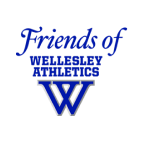
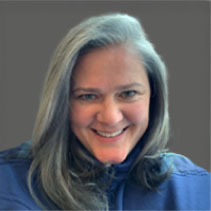
Monica Verity
Director of Recreation and Associate Professor of the Practice
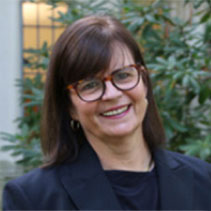
Janet McKeeney
Senior Director of Events
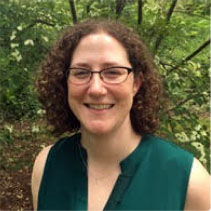
Emily Rankin Welch
Assistant Director of Alumnae Programs
Prioritizing Student Health and Well-Being
At Wellesley, student health and well-being are considered paramount to academic success. The Wellness Outreach Collaborative, led by the Office of Student Wellness, brings together representatives from departments offering related programs and services – including, for example:
- Health Services
- Office of Religion and Spiritual Life
- Physical Education, Recreation, and Athletics
- Office of Sustainability
- Stone Center Counseling
- Residential Life.
The group meets monthly to provide shared programming that addresses student needs – such as mental health. “We try to make sure we’re communicating about the different ways to be proactive rather than reactive,” notes Verity.
In 2020, first-year students were hungry for social interaction. When they came to college, they had a mindset of “I want friends, I want to be outside, I want to play, I want to engage,” observes Verity. “This class consistently participates in Walktober.” Each Walktober season sees growth in student participation, with about 300 joining the challenge in 2022. “From my perspective, that’s fantastic.” She points out that Wellesley students have a lot going on; staying engaged in a 6-week program is significant.
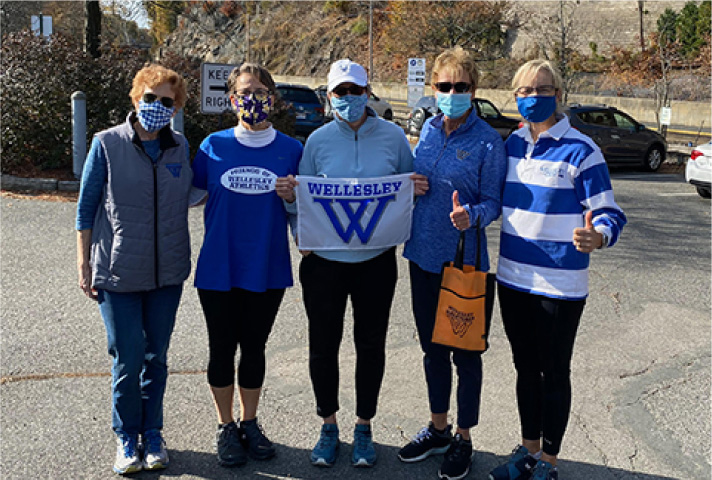
Igniting a Competitive Spirit
Known for being highly competitive as well as connected, alumnae seized Walktober and ran with it. “Alums are very engaged with Wellesley. They want to be connected to the college and to each other,” remarks Rankin Welch. “They have multiple Facebook groups and are very much connected with their classes or groups they were involved with as students. They’re really collaborative, but also like being competitive – a winning combination with this wellness challenge.”
Our alumnae want to engage with each other. So for them, I think Walktober is like an extension of being at Wellesley and being part of the community.
Emily Rankin Welch
Assistant Director of Alumnae Programs
The relaunch of Walktober was – and continues to be – a smashing success, with alumnae comprising the majority of participants by a wide margin. “They shared great testimonials and amazing feedback about how they were able to connect with different generations all over the world,” reports Verity. “They either walk together because they live near each other or they’re on teams halfway across the world and combine their results,” adds McKeeney. “Participating in Walktober has allowed alumnae to reach out, connect, and create community.”
Keeping Participants Engaged
Colorful rivalries. Each incoming class is assigned 1 of 4 colors. Verity kindled a challenge-within-a-challenge, designing an online chart to show participation by class color – sparking fierce but friendly face-offs. “Across spans of generations, you have class color members throughout the different years… I think the green class has won every year. It’s the competition and the bragging rights.”
Heat map insights. Verity also created a map showing Wellesley’s Walktober participants around the globe. “One of the pillars of the college’s strategic plan is amplifying Wellesley in the world,” states McKeeney. “It gave people a visual of, ‘Wait, I’m in Sydney,’ or, ‘I didn’t know that there were other alums here; can you connect me?’ It was a lot of work, but the result was really cool,” shares Verity.
Pop-up fun. Verity surprises students once or twice during each Walktober challenge with a morning email announcing a Golden Leaf Challenge Day. The first 100 to complete 10,000 steps that day receive a prize. “We open up the vault – T-shirts and other past gifts.” There were 90 winners the first time.
Getting the word out. The alumnae office did an initial push for Walktober sign-ups and followed up with blurbs in the quarterly alumnae newsletter as well as social media. The Student Wellness Office included Walktober details in its monthly email to all students. Newsletters and listservs were the primary vehicles for reaching faculty/staff.
Wellness Wall conversations. Participants were highly active on Walktober’s message board throughout the program – connecting and spurring each other on. “They don’t want to just be doing Walktober. They want to talk about how they’re doing it,” comments Rankin Welch.
Takeaways
Gather support.
Working together across departments has made Wellesley’s Walktober challenges successful – it’s especially vital for a small college with limited faculty/staff capacity for absorbing additional work.
Get an HR representative involved.
Earlier Walktober promotions were run through Human Resources – and faculty/staff participation was greater. For future challenges, the group plans to involve an HR representative as a way to better reach these members of Wellesley’s community.
Make the numbers come alive.
Visualizing program data in creative ways – like the heat map and class color challenge – spurs competition and helps keep participants excited and engaged.
Communicate with inclusion in mind.
“We aim to be as inclusive as possible with our alums so that whether it’s swimming or biking or other activities, they can record it for Walktober. We’ve really tried to highlight that any sort of movement counts,” notes McKeeney.
Keep it simple.
“A lot of the alumnae groups want prizes, recognitions, and plaques, but that would add a layer of unnecessary work,” explains McKeeney. “We say the prize is participation.”
“From the standpoint of a small liberal arts college, Walktober is an all-encompassing program that is manageable and has a big bang for your buck.”
Monica Verity
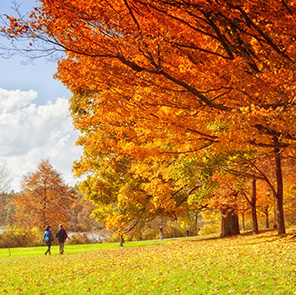
“I am not even a little bit competitive, but I felt super charged by this challenge. Taking photos for the Wall helped me appreciate the beauty of the community where I live. Walktober made me feel connected to and a part of something fun and familiar. Thanks so much for organizing this. It was a blast!”
Leslie Dunbar
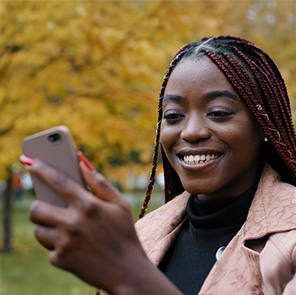
“Using Walktober with my college classmates was a fun way to increase my steps and to connect with old friends. The app was easy to use, and it synced effortlessly with my phone so there was very little to keep track of. I would definitely recommend this app and program.”
Liz Sesler-Beckman

“My enjoyment was due to my team. Our leader emailed us every morning and we all chimed in with our own experiences, words of encouragement, and humor. Getting to know my team members was a lot of fun.”
Adrienne Smith


